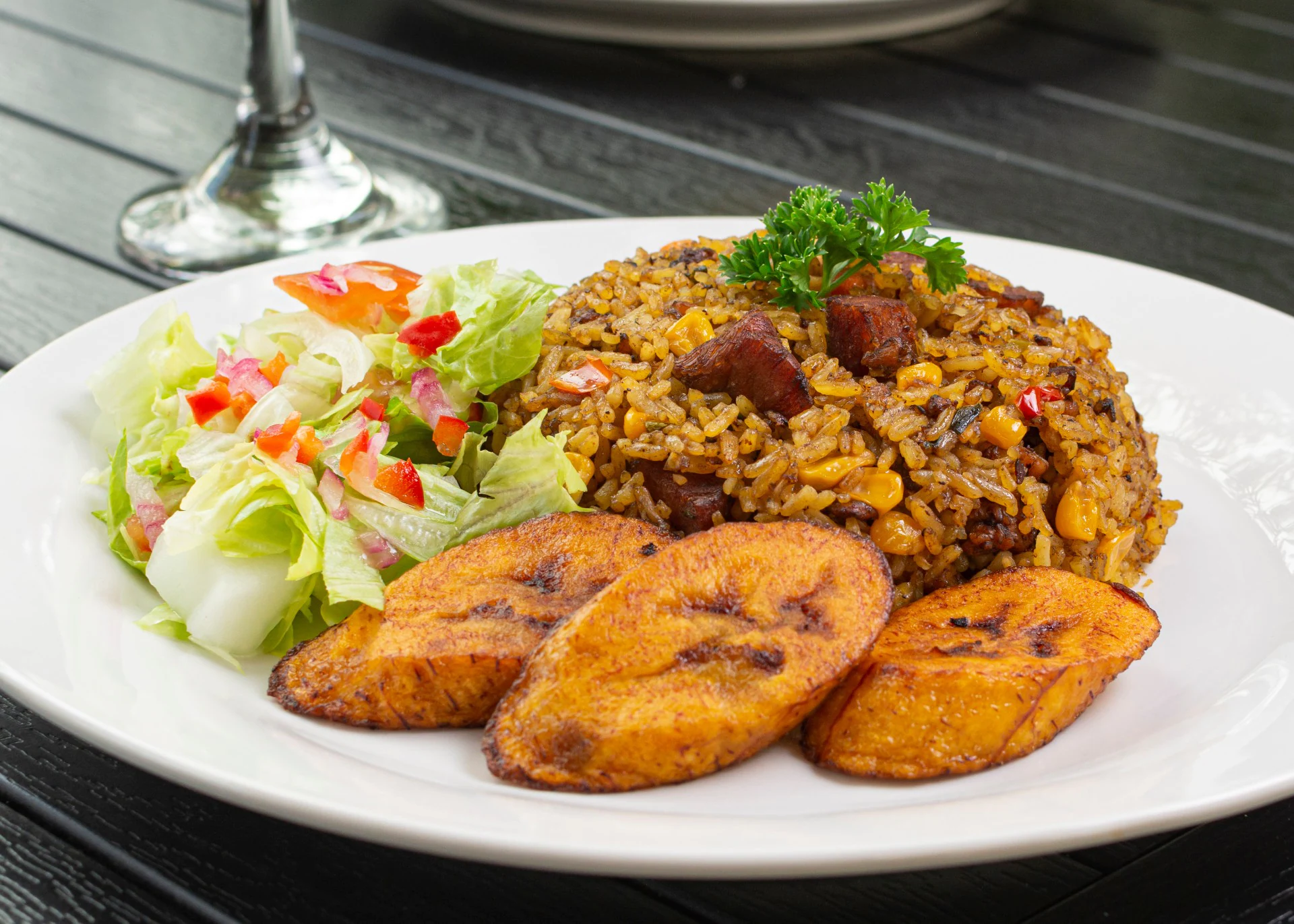Introduction: Discovering Dominica’s Seafood Scene
Dominica, known as the “Nature Island” of the Caribbean, is not only famous for its lush forests and pristine beaches but also for its mouthwatering seafood dishes. With an abundance of fresh seafood caught daily from the surrounding waters, the island’s cuisine is a fusion of African, Caribbean, and European flavors. From traditional Creole fish to seafood pasta, there are plenty of options to satisfy your cravings. In this article, we will explore some of the popular seafood dishes of Dominica that you must try during your visit.
The Ultimate Guide: Must-Try Seafood Dishes in Dominica
When it comes to seafood in Dominica, there are plenty of options to choose from. The island’s culinary style takes advantage of the fresh catch of the day, including fish, lobster, crab, and shrimp. Here are some of the must-try seafood dishes in Dominica.
Creole Fish: A Traditional Local Delicacy
Creole fish is a traditional dish in Dominica that combines fresh fish with a blend of herbs and spices. The fish is usually seasoned with thyme, garlic, parsley, and onions, then pan-fried until crispy. The dish is typically served with rice and peas, plantains, or green salad. Creole fish is a perfect example of the fusion of African, Caribbean, and European flavors that make Dominica’s cuisine so unique.
Lobster, Crab, and Shrimp: Delectable Catch from the Sea
Dominica is famous for its delicious lobster dishes, which are usually grilled with a touch of Creole seasoning. Crab and shrimp are also popular options, whether they are cooked in a stew, curry, or grilled. These dishes are often served with rice, vegetables, or salad, making them a complete meal.
Grilled Fish: Simple yet Delicious
Grilled fish is a staple dish in Dominica, especially during the summer months. Fresh fish is marinated with lime juice, garlic, and herbs, then grilled over an open flame until tender. The dish is often served with rice and peas, salad, or fried plantains. Grilled fish is a simple yet delicious way to enjoy the island’s fresh seafood.
Fish Water: A Hearty Stew with a Unique Flavor
Fish water is a hearty stew made with fresh fish, vegetables, and herbs. The dish gets its name from the cloudy broth that forms as the fish is cooked. The stew is typically served with dumplings, breadfruit, or cassava. Fish water has a unique flavor that comes from the combination of fresh herbs and spices used to season the dish.
Seafood Pasta: A Fusion of Italian and Dominican Cuisine
Seafood pasta is a fusion of Italian and Dominican cuisine that combines fresh seafood with pasta in a creamy tomato sauce. The dish is usually made with shrimp, lobster, or crab and is served with garlic bread or salad. Seafood pasta is a popular dish in Dominica and is perfect for those looking for a unique twist on a classic Italian dish.
Conclusion: Savoring the Best Seafood in Dominica
Dominica’s seafood scene is a must-try for any food lover. From traditional Creole fish to seafood pasta, the island’s cuisine offers a unique fusion of flavors that is sure to satisfy your taste buds. Whether you’re looking for a hearty stew or a simple grilled fish, Dominica has something for everyone. So, be sure to savor the best seafood dishes during your visit to the “Nature Island” of the Caribbean.

